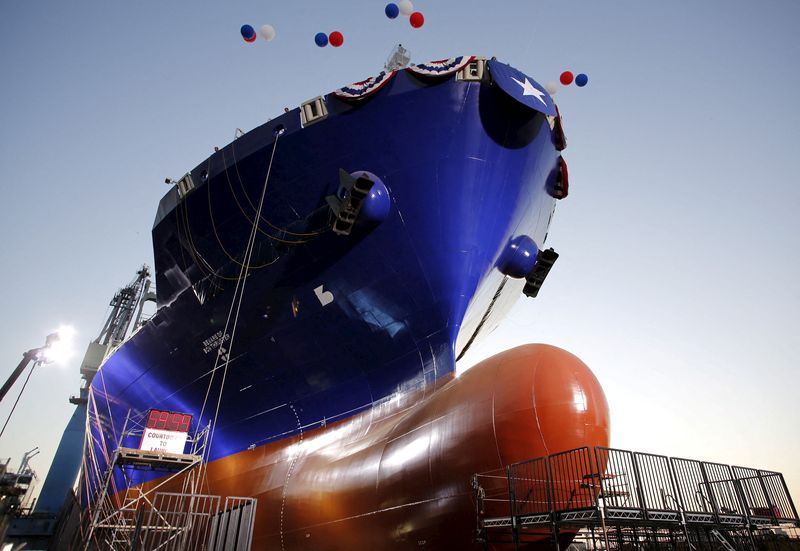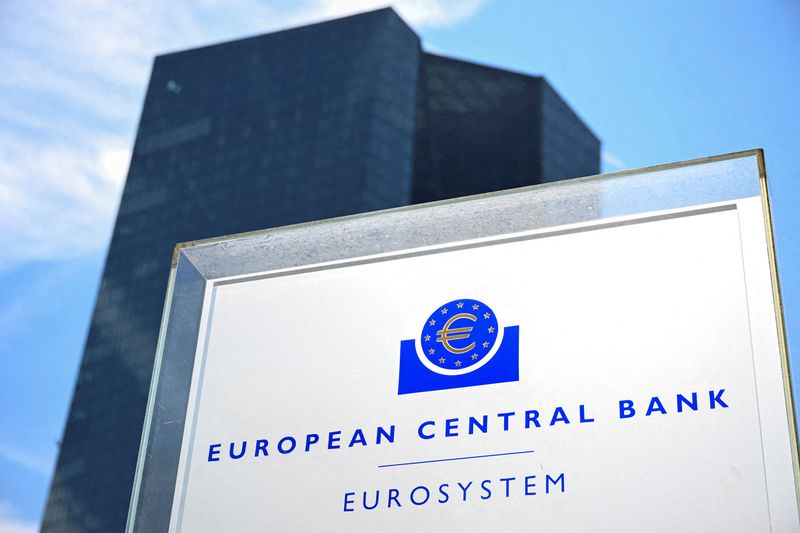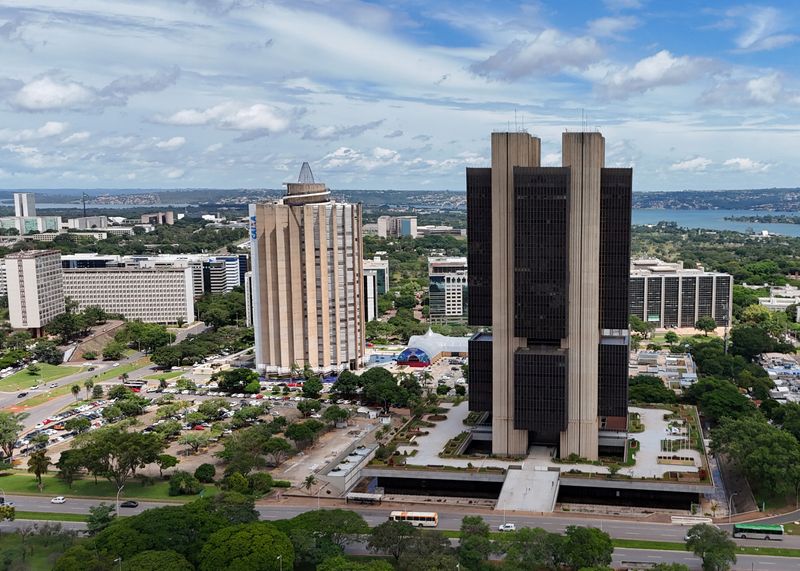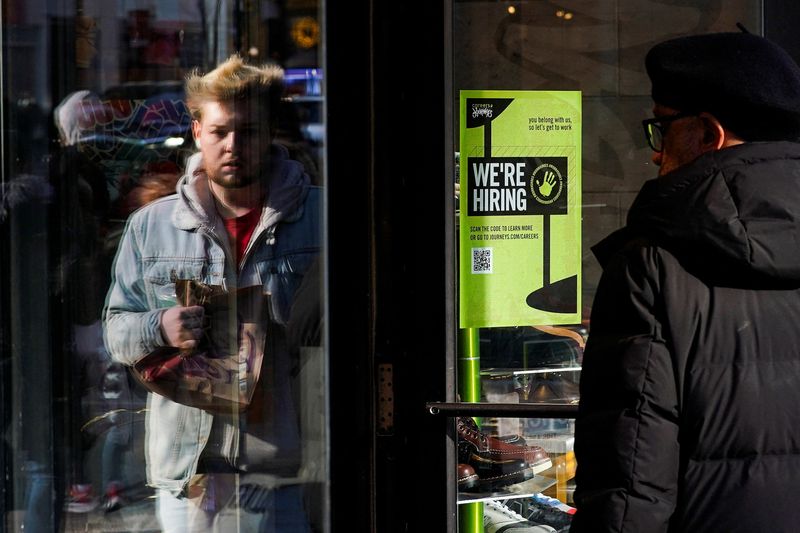By Lisa Baertlein
LOS ANGELES (Reuters) – Container shipping companies like Maersk, CMA CGM and COSCO have ordered hundreds of new vessels in recent years meant to help their industry slash greenhouse gas (GHG) emissions to meet rising demand from customers and regulators around the globe.
Their order books, however, reflect uncertainty over which of a wide array of so-called green fuels will become the standard in the decades to come, and whether supplies will be cheap and abundant enough to keep their fleets in motion.
Decarbonizing shipping is important to global efforts to fight climate change because it accounts for about 3% of global greenhouse gases, but accomplishing it will be difficult and costly, requiring billions of dollars in investments in new vessels and fuel production.
The U.N.’s International Maritime Organization has set a goal to zero out shipping industry emissions by 2050, but policymakers have so far provided little in the way of support or guidance for how companies should get there, leaving the future of the market a mystery.
“No single fuel or technology dominates,” said Knut Orbeck-Nilssen, CEO of Maritime at Norway-based ship certifier DNV.
Faced with that reality, operators of the hulking vessels that ferry thousands of shipping boxes stuffed with furniture, televisions, shoes and toys destined for companies like Walmart (NYSE:WMT), Amazon (NASDAQ:AMZN), IKEA and Nike (NYSE:NKE) are hedging their bets by ramping up orders for hybrid engines designed for several different green fuel types, but which also allow them to fall back on petroleum if those green fuels are unavailable or too costly.
Container shipping companies had pending orders for 522 dual-fuel new vessels as of Oct. 31, according to data from DNV. Of those, 303 are designed to run on liquefied natural gas (LNG), 216 are meant to burn methanol, two would use hydrogen, and one would be equipped to use ammonia, according to the data.
Rebecca Galanopoulos, senior content analyst at maritime software and services provider Veson Nautical, said 65% of container vessel orders in 2024 were for dual-fuel engines versus just 4% in 2018.
“Major shipping players are future-proofing their fleets,” she said.
GOAL: REPLACE 2.5 BILLION OIL BARRELS
The maritime sector each year burns roughly 2.5 billion barrels of heavy fuel oil made from the cheap leftovers of gasoline, diesel and jet fuel production.
Decarbonizing the entire shipping industry could cost over $100 billion per year, and double the industry’s fuel prices, according to the U.N.’s Conference on Trade and Development.
While the container shipping industry’s 6,643 vessels account for a small fraction of the global fleet, they have an outsized impact on the climate because they travel faster and consume more fuel than other vessels, shipping experts said.
Container shipping companies are now at the vanguard of the green push, having ordered more than twice the number of alternative-fuel vessels than any other cargo sector, like petroleum tankers or bulk carriers, according to DNV.
In the meantime, most ships that run on conventional fossil fuel can also run on biodiesel made from used cooking oil and other products. But supplies are forecast to fall far short of what would be needed for the maritime industry.
CMA CGM, which counts Walmart as a top customer, is among those that have secured some supplies. The company has notched a 50% reduction in carbon dioxide emissions per container using biodiesel, said Heather Wood, the French carrier’s vice president of sustainability.
At the same time, the company is adding biomethane, also known as renewable natural gas, to its fuel mix.
“We’re headed in the right direction. It’s just going to be a portfolio of options,” said Wood, who added that CMA CGM is investing $15 billion in new vessels that can run on a variety of cleaner fuels.
MORE GAS
Dual-fuel LNG ships now make up the bulk of container ship orders. Despite being a fossil fuel, LNG can reduce GHG emissions up to 23% because it burns cleaner than traditional ship fuels, according to DNV.
Environmentalists and climate scientists are far less enthusiastic though, because producing, transporting and using LNG can lead to leaks of methane, a potent planet-warming gas, into the atmosphere. The same is true for renewable natural gas, captured from decomposing animal and plant waste.
Switzerland’s MSC, the industry leader with a fleet of more than 800 owned and chartered ships, says LNG has a relatively certain and reliable supply chain compared with other lower-carbon shipping fuels. And, like most of its peers, it has been ordering dual-fuel LNG vessels.
Germany’s Hapag-Lloyd earlier this year won a two-year contract to provide waste-based biomethane-powered shipping for the Zero Emission Maritime Buyers Alliance that includes major shippers like Amazon, IKEA, and Nike.
Jo Friedmann, a vice president of supply chain research at Rystad Energy, said transition fuels like LNG could “play quite a big role until 2035 or 2040.”
CARRIERS ‘LEAN IN’
Meanwhile, executives are clamoring for global regulations that would create more certainty and promote investment in the green fuel market for decades to come.
They want global deadlines for phasing out dirty fuels, government incentives for lower-carbon fuel production and use, and penalties for late adopters of cleaner fuels.
And, several companies are making investments in other alternative fuels like green methanol and ammonia, hydrogen-based fuels produced using power from renewable sources like solar and wind.
CMA CGM, Denmark’s Maersk, Taiwan’s Evergreen and China’s COSCO are buying ships that can run on green methanol.

COSCO and CMA CGM, meanwhile, are working on a project to procure, supply and deliver green methanol at major ports in China. And MSC is equipping an undisclosed portion of its new LNG vessels with ammonia-compatible tanks.
“We could sit back and see which comes first, or you can lean in” to green fuel investments, Maersk CEO Vincent Clerc said earlier this year at the Los Angeles naming event for one of its green methanol ships, Alette Maersk.







